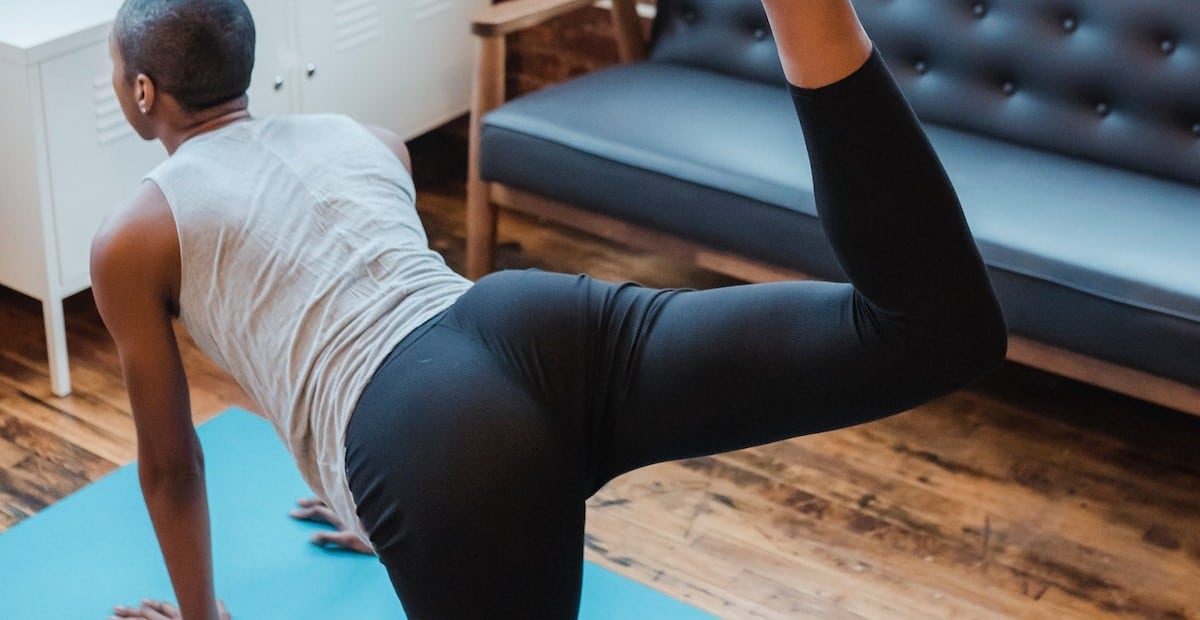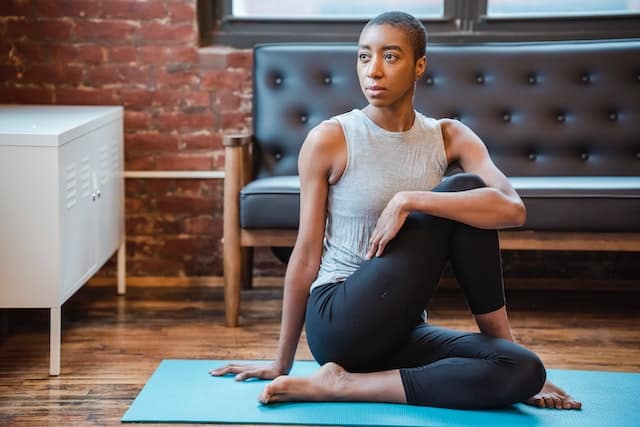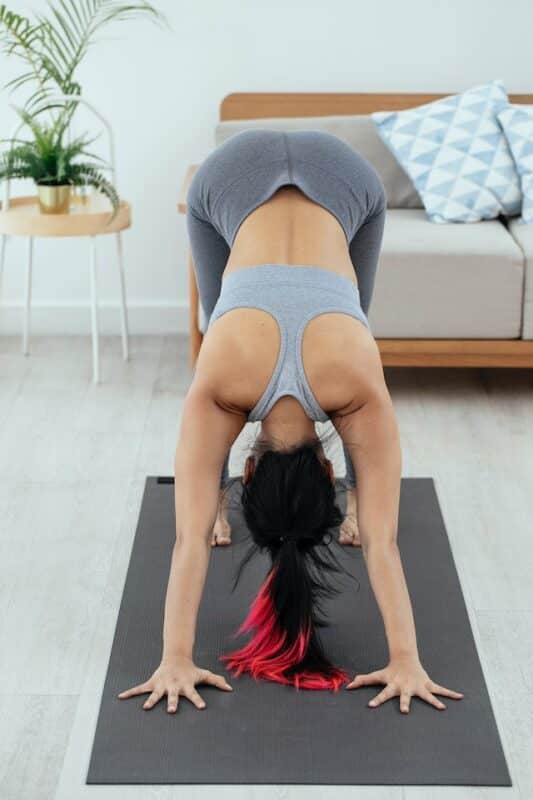
Contents
Preventing tight glutes with glute stretches to help you maintain your running game
We’ve all got to put in the leg work. It’s simple. But putting in the leg work doesn’t mean adding unnecessary hurdles along the way. One of those hurdles you may find yourself having to clear? Muscle tightness and pulling. As long as you’re using your legs, or any part of your body, you’re going to be putting risk onto said part, so you should be doing everything you can to avoid further damage.
Hip flexors, figure four stretch, supine glute stretch – there are many ways to help prevent these risk factors, And with your legs, given you’re probably using them in some way or another, it’s even more important to utlise the stretches you’re about to read up on. So, before pulling your brain muscle by making you read too much let’s take a step in the right direction, and run the last leg until preventing muscle strain once and for all.
What is?
You have three gluteal muscles, and it’s important to be able to identify and feel them. You have the gluteus Maximus, gluteus medius and gluteus minimus. No matter whether it’s your left leg or right leg, you’ll be able to feel these on both. In short, they’re located in the buttocks region of your lower body. And because of their placement, just above the left thigh or right thigh, connected to your right and left hip, any tension could be felt far beyond the placement of your glutes.
While you’re left ankle is probably fine, and indeed the opposite shoulder fine too, you may feel tension in your lower back, quads, and any other areas located close to them. Bare that in mind when you’re evaluating stretches.
Stretch targets
So what stretches can you use to help prevent strain and pulling? Well, you won’t be short of options let’s put it that way. From using your left knee, left foot, and left leg, to keeping your feet flat, feet hip-width apart, and leaning your upper body forward, you’ll be calling on all stations.
Check out this brilliant list here, and take note of the exercises that sound best fit for you.



Pulling it off
And when you pull these stretches off you might feel better, you may notice that your glutes feel a hell of a lot better, but what’s that extra benefit you can feel?
You’ll probably notice some relieving aspects in areas like low back pain, buttock pain, pelvic pain, tight hips, tight hamstrings and, semi-regularly, knee pain.
Conclusion
With the right starting position, using your opposite leg, and opposite knee, and keeping your knees slightly bent you can choose from a range of motion-based stretches. Clearly, the choice is yours and you’ll find that different stretches help in different ways.
FAQs
Should I use any of these stretches if I have a knee injury?
It depends on the severity of your issue. Always look out for the specifics of a movement and be careful with trying new stretches, testing how your body reacts when you gently pull the limb.